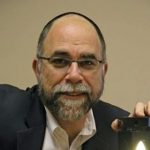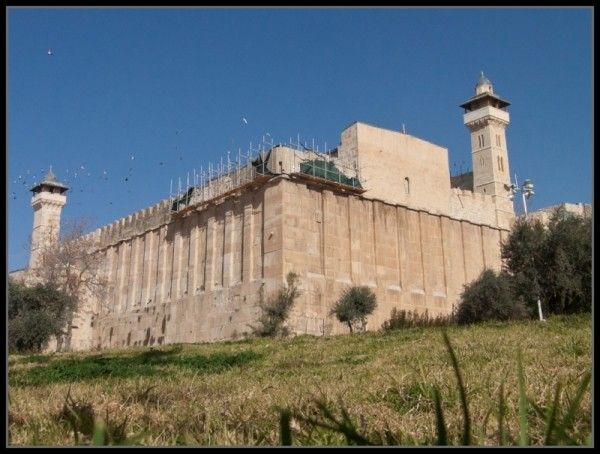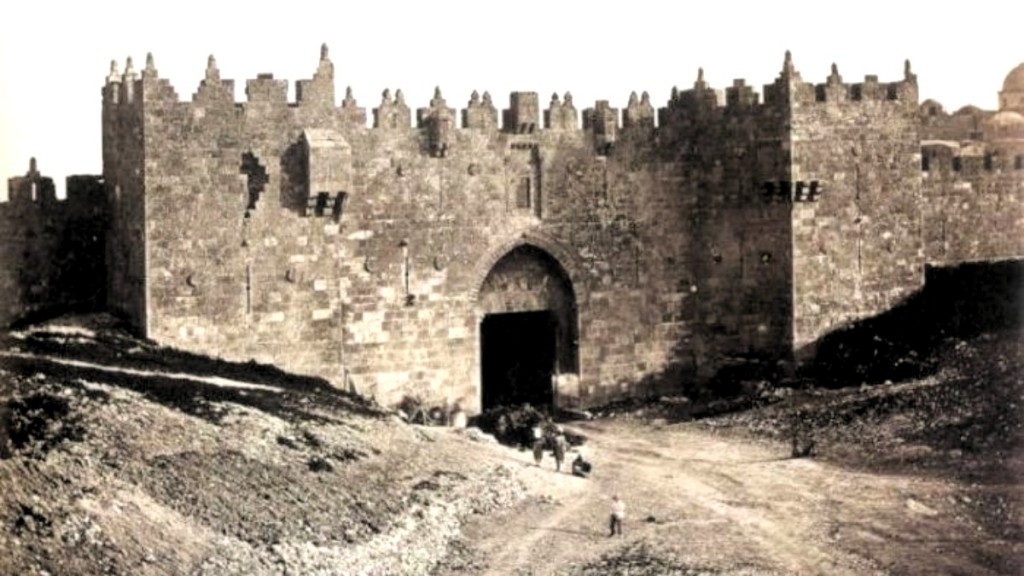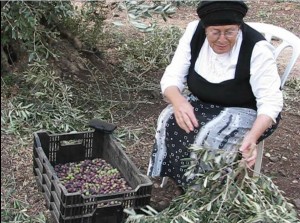 There is a Jewish tradition for men to sing “A Woman of Valor” (Proverbs 31:10-31) to their wives just before making Kiddush over the wine and breaking bread at the Friday night Shabbat meal.
There is a Jewish tradition for men to sing “A Woman of Valor” (Proverbs 31:10-31) to their wives just before making Kiddush over the wine and breaking bread at the Friday night Shabbat meal.
It sings the praises of the Jewish woman. Tradition also says that it was based on the eulogy Avraham made for his wife Sarah.

This week’s Torah portion (Genesis 23) describes the death and burial of Sarah. We see Avraham negotiating with Ephron and ultimately paying a huge sum to purchase his field in Hebron (Chevron) and the double cave (Machpela) as a burial place for Sarah.
One of my teachers, Rabbi Uziel Milevsky (ztz’l) asked two questions about this:
- Why are we singing a eulogy just before beginning our Shabbat meal? Aren’t we supposed to be happy on Shabbat?
- In the song, we sing about Sarah, “She envisions a field, and acquires it.” (Proverbs 31:16). However Sarah didn’t buy the field according to Genesis 23:16. It is Avraham who weighs out 400 shekels of silver and hands it to Ephron.
To answer these two questions, we have to understand why it was so important for Avraham to bury Sarah in Hebron (Chevron) in the Machpelah cave.
Hebron is one of the four holy cities in Israel. Jerusalem, Tsfat (Safed), Tiberias, and Chevron (Hebron)
 Jerusalem is where the Divine Presence, the Shechinah dwells and where we can feel closest to God. Tsfat, meaning “Vison,” is the city where the mystical Kabbalistic traditions were revealed. Tiberias is where the oral tradition, the Talmud was compiled in Israel.
Jerusalem is where the Divine Presence, the Shechinah dwells and where we can feel closest to God. Tsfat, meaning “Vison,” is the city where the mystical Kabbalistic traditions were revealed. Tiberias is where the oral tradition, the Talmud was compiled in Israel.
The name Chevron is based on the root “chibur”- connection. The word for friend, chaver, is someone we have a strong connection with. In the mystical sense, this is the place, in particular the Machpela Cave, where the physical and spiritual worlds meet.
The Torah does not expect us to avoid the physical world in order to connect with the transcendant God. It teaches us how to be fully engaged in the physical world (at least during the six days or the work week) and bring Godliness to the physical world. We elevate the physical world by using it as God directed us in order to bring us closer to God.
 Sarah was the ultimate role model of this idea. Whether she was “working with flax and wool,” “feeding her family,” “planting a vineyard,” “doing business,” “taking care of the poor,” or “making clothes and selling them,” each action was done with a constant awareness of God and what He expects of us.
Sarah was the ultimate role model of this idea. Whether she was “working with flax and wool,” “feeding her family,” “planting a vineyard,” “doing business,” “taking care of the poor,” or “making clothes and selling them,” each action was done with a constant awareness of God and what He expects of us.
Through her actions, Sarah demonstrated how to connect the physical and the spirtual worlds. So even though Avraham paid the money, it was through Sarah’s actions that she “acquired” the right to be buried in the holy place that represents this connection of the two worlds.
As we sit down to enjoy a beautiful Shabbat meal, we sing this eulogy about Sarah to remind us that we are not living in order to eat, but that we are eating in order to live!